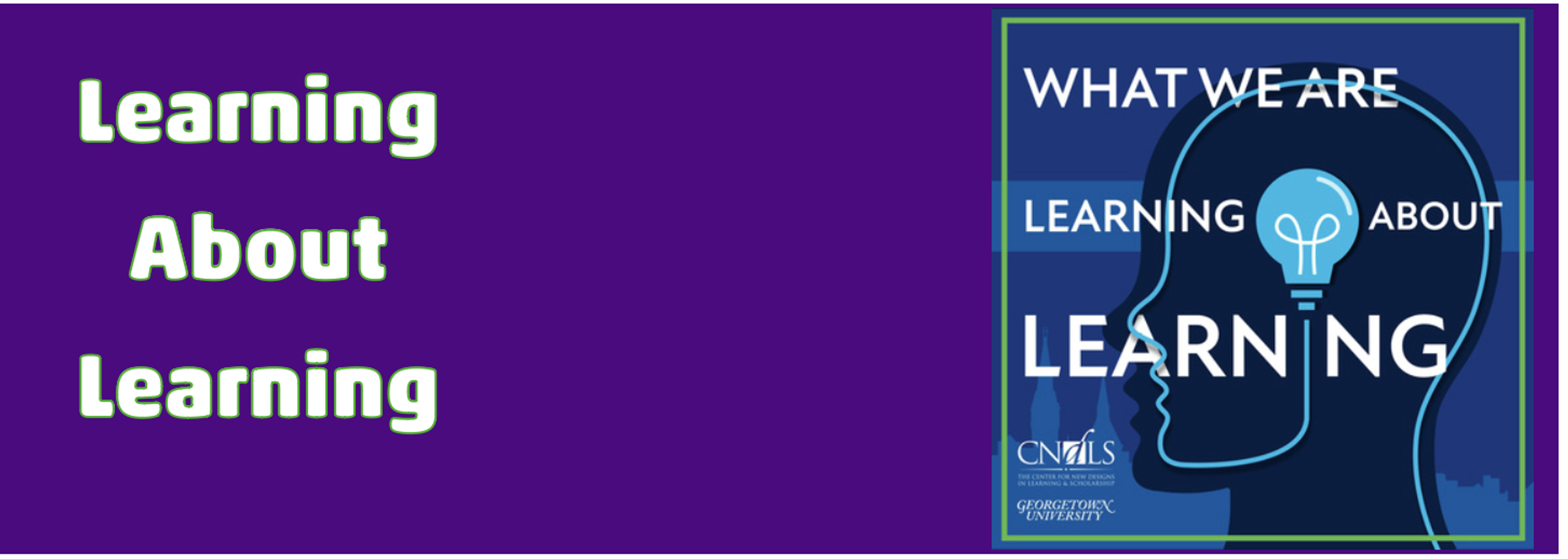Learning Aout Learning:

Why Ages 2-7 Matter So Much for Brain Development:
By Rishi Sriram
When Albert Einstein was a child, few people—if any—anticipated the remarkable
contributions he would make to science. His language development was delayed,
worrying his parents to the point of consulting a doctor. His sister once confessed that
Einstein “had such difficulty with language that those around him feared he would never
learn.” How did this child go from potential developmental delays to becoming, well,
Einstein?
Part of the answer to that question is symbolized in two gifts that Einstein received from
each of his parents when he was 5 years old. When Einstein was in bed all day from an
illness, his father gave him a compass. For Einstein, it was a mysterious device that
sparked his scientific curiosity. Soon after, Einstein’s mother, a talented pianist,
gave Einstein a violin. These two gifts challenged Einstein’s brain in distinctive ways at
just the right time.
Children’s brains develop in spurts called critical periods. The first occurs around age 2,
with the second occurring during adolescence. The number of connections (synapses) between brain cells (neurons) doubles at the start of these periods. Two-year-olds
have twice as many synapses as adults. Because these connections between brain cells
are where learning occurs, twice as many synapses enable the brain to learn faster than
at any other time of life. Therefore, children’s experiences in this phase have lasting
effects on their development.
This first critical period of brain development begins around age 2 and concludes around
age 7. It provides a prime opportunity to lay the foundation for a holistic education for
children. Four ways to maximize this critical period include encouraging a love of learning,
focusing on breadth instead of depth, paying attention to emotional intelligence, and not
treating young children’s education as merely a precursor to “real” learning.
Encourage a Love of Learning
Young children need to enjoy the process of learning instead of focusing on performance.
Educators and parents can emphasize the joys of trying new activities and learning
something novel. We need to help children understand that mistakes are a welcome,
normal part of learning.
This period is also the time to establish a growth mindset—the belief that talents and
abilities are developed through effort instead of being innately fixed. Educators should
avoid labelling children or making universal statements about their abilities. Even
compliments such as “You’re so smart” are counterproductive. Instead, emphasize
persistence and create safe spaces for learning. Children will learn to love learning if we
show enthusiasm for the process rather than fixating on results.
Focus on Breadth, Not Depth
One way to avoid focusing on results during this development phase is to emphasize
the breadth of skill development over depth. Exposing children to a wide variety of
activities lays a foundation for developing skills in a range of fields. This is the time to
engage children in music, reading, sports, math, art, science, and languages.
In his book Range, David Epstein argues that breadth of experience is often overlooked
and underappreciated. Focusing on excellence in a single activity may be appropriate at
some point in life. But the people who thrive in our rapidly changing world are those who
first learn how to draw from multiple fields and think creatively and abstractly. In other
words, our society needs well-rounded individuals.
Well-roundedness is especially important for children from ages 2 to 7. Their developing
brains are ready to soak in a wide range of skill sets. This “sampling period,” as Epstein
calls it, is integral. This is the window during which to develop children’s range. There is
plenty of time for them to specialize later.
Don’t Overlook Emotional Intelligence
Yes, we want children to read well and learn math fundamentals. But we should not
disregard emotional intelligence. The advantages of learning during this first critical period of brain development should extend to interpersonal skills such as kindness, empathy, and teamwork.
In their book The Whole-Brain Child, Daniel Siegel and Tina Payne Bryson explain the importance of developing children’sempathy. Empathy begins with acknowledging one’s
feelings. Therefore, they suggest helping children in this age group to first label their
emotions (“I feel sad”) and then tell the story about what made them feel that way (“I feel
sad because I wanted ice cream and you said no”). Once children practice labelling
emotions, educators can start asking questions that encourage them to consider others’
feelings.
One way to encourage care for others is to include children in what adults do for others.
Even allowing young children to help with chores can make them more helpful and
considerate people.
Don’t Treat Young Children’s Education as Merely a Precursor to “Real”
Learning
Children’s brains can uniquely absorb information during this critical phase. If intelligence
is defined as the ability to learn; children between the ages of 2 and 7 may be the most
intelligent humans on the planet.
Research suggests that some skills cannot be learned nearly as well after this first critical
period of brain development. For example, research shows that children in this age range
are best suited to learn the patterns of language development, enabling them to master a
second language to the same level as a native language. However, once children reach
age 8, their language learning proficiency decreases, and second languages are not
spoken as well as native ones. The same age effect is found when learning musical
abilities such as perfect pitch.
Notably, Einstein’s parents did not enrol him in physics lessons—the field that
would lead him to a Nobel Prize. Instead, Einstein’s father included him in his work as an
engineer. His mother signed him up for violin lessons because she wanted him to love
and appreciate music. Both activities worked to develop his young mind holistically. It is
tempting to think of early childhood education as a precursor to “real” education. But
these may be the years that matter most.
